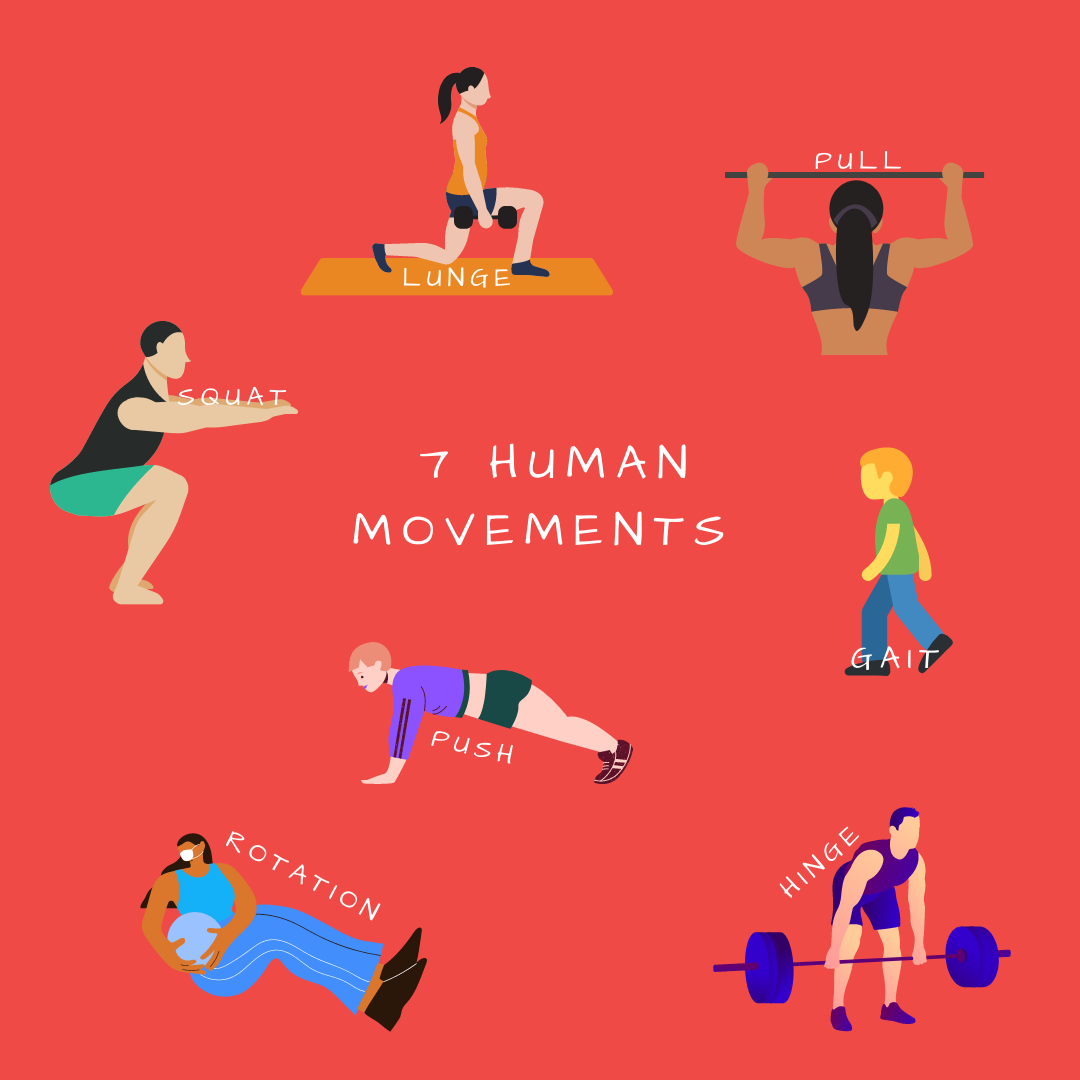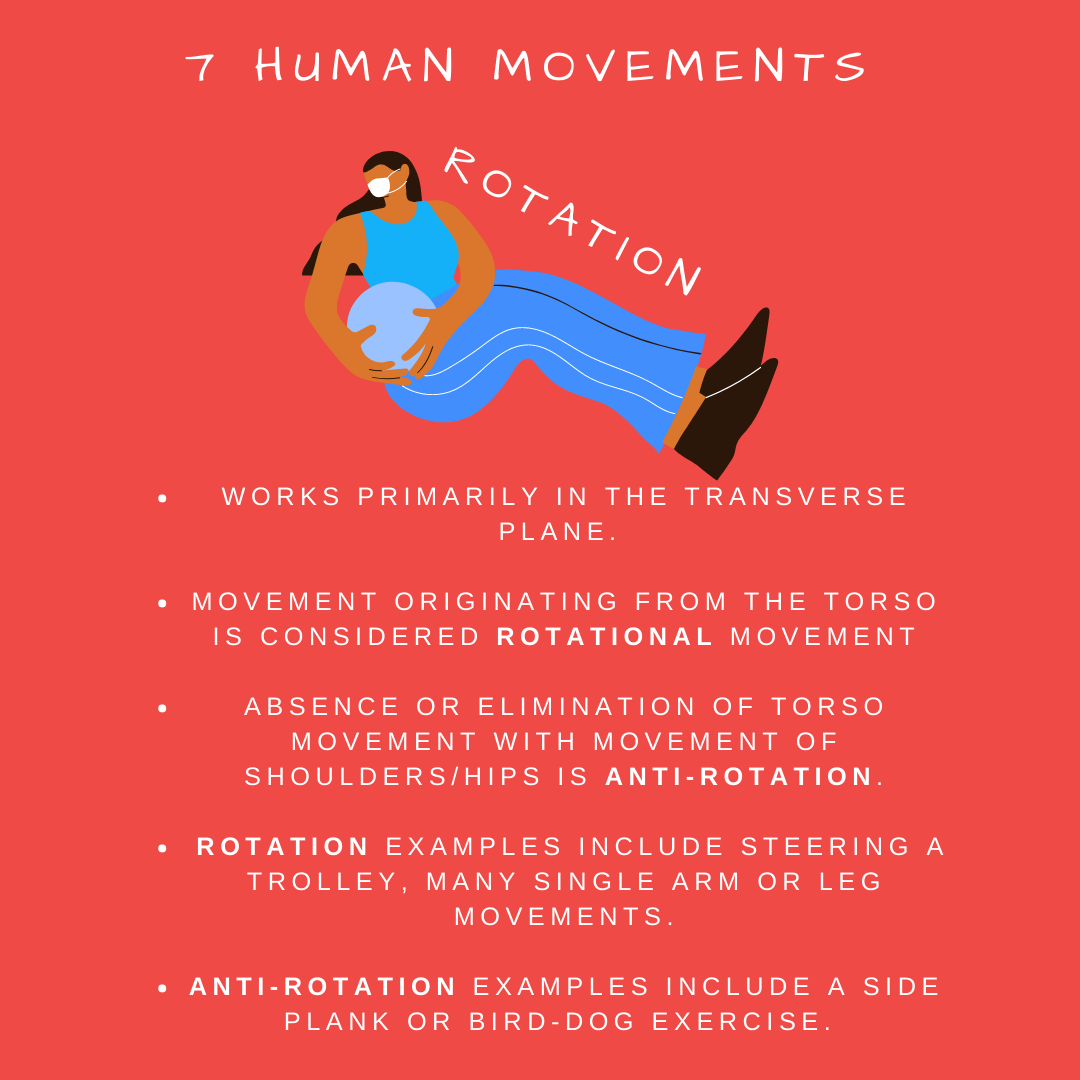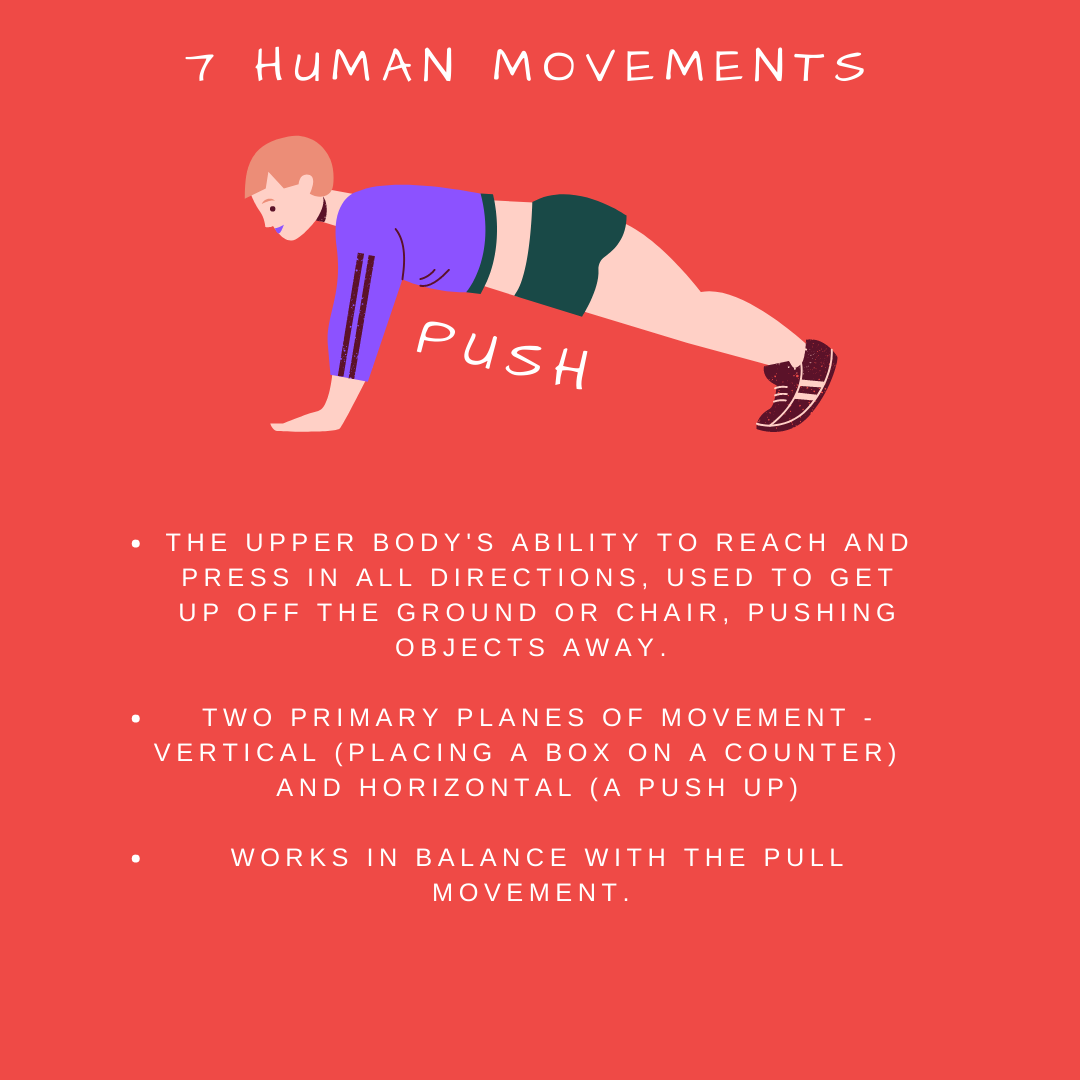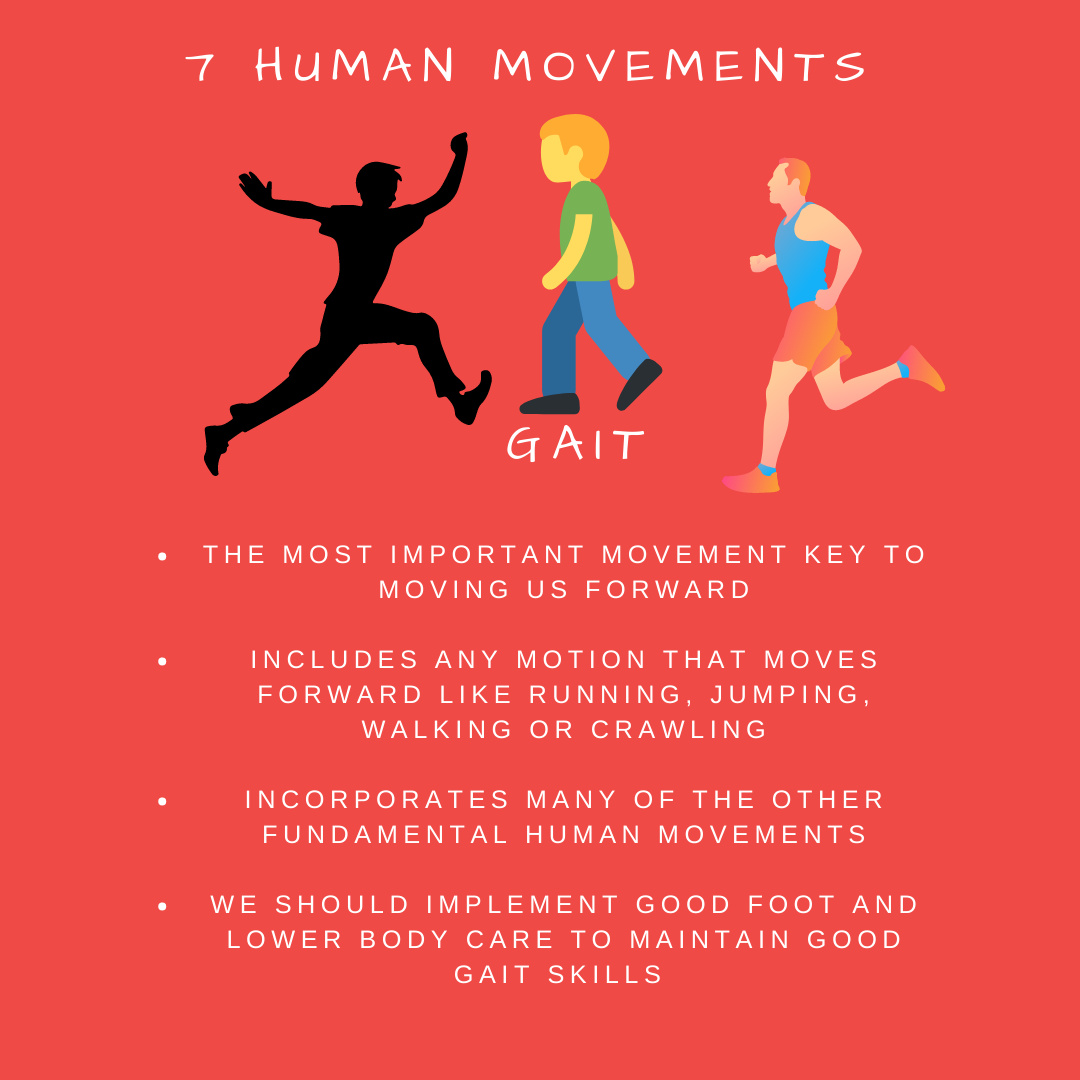How Do You Move - Fundamental Human Movements.
By Cameron Allshorn
Human movements can be further isolated to 7 fundamental types.
Hinge
The most common movement used in day to day life. A good hinge movement uses the glutes, hips, hamstrings and core strength while a bad hinge movement has an over reliance on the muscles of the lower back.
Squat
The original sitting position, A good deep squat engages the feet, legs, glutes, core and lower back.
Our reliance on sitting has reduced our ability to squat well as adults. Unless we work on it, there are many variations and ways to train and improve squat mechanics.
Rotation (& Anti rotation)
Works primarily in the transverse plane, movement originating from the torso is considered rotational movement while absence or elimination of torso movement with movement of shoulders/hips is Anti-rotation.
Rotation examples include steering a trolley, many single arm or leg movements
Anti-Rotation examples include a side plank or Bird-Dog exercise.
Pull
Pulling is the upper extremity's ability to collect and draw in towards the body. Used to open a door, climbing, picking up an object and is functional in two primary planes of movement - vertical and horizontal. Works in balance with push movements.
Push
The upper body's ability to reach and press in all directions, used to get up off the ground or chair, pushing objects away. As with ‘Pull’ it has two primary planes of movement - vertical (placing a box on a counter) and Horizontal (A push up). Works in balance with pull movements.
Lunge
Engages many muscles including quads, core, and hamstrings. The split stance also targets the 3 glute muscles differently to other movements. Keeping good alignment of hips, knees and feet is a key part of a good lunge movement, while training the lunge in multiple directions is a great idea.
Gait/Locomotion
The most important movement key to moving us forward Includes any motion that moves forward like running, jumping, walking or crawling. Incorporates many of the other fundamental human movements we should implement good foot and lower body care to maintain good gait skills.









